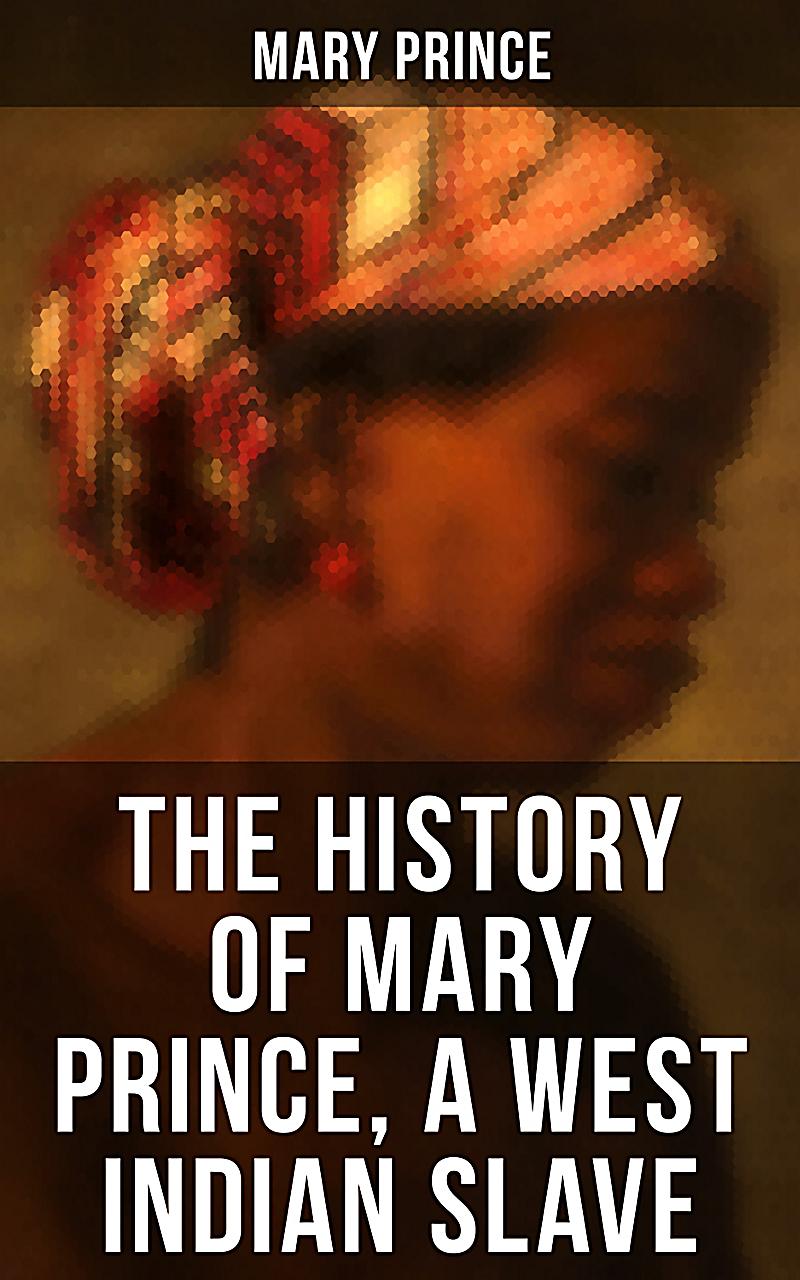


She is described as "a negress of very ordinary features… about 35 years old".Īlthough Woods won his case against Pringle and was awarded £25 in damages, Mary’s account of the brutality she endured was never discredited. Surviving court records show that Mary appeared as a witness on both occasions. Mary’s book was at the centre of two court cases, one brought by her benefactor Thomas Pringle against the editor of Blackwood’s Magazine for libel the other by Mary’s owner, John Adams Woods against Pringle for defamation of character. Those who supported slavery, particularly West Indian planters who had a financial stake in the institution, saw it as Abolitionist propaganda. Those opposed to slavery saw it as a vindication of their beliefs, proof that the enslavement of millions of Africans was a shameful blight on Britain’s reputation as a champion of liberty. Mary’s book sparked much public controversy. Much of what is known about Mary’s life comes from her narrative, The History of Mary Prince, A West Indian Slave, Related by Herself, which was published in 1831 – three years before the Abolition of Slavery Act came into force. Like many other enslaved women, she fought tooth and nail for her right to be free. However, Mary refused to be beaten into submission. The life of Mary Prince, born into slavery in Bermuda in 1788, was fairly typical.Īcross the West Indies, enslaved women were over-worked, flogged and abused on a regular basis.


 0 kommentar(er)
0 kommentar(er)
